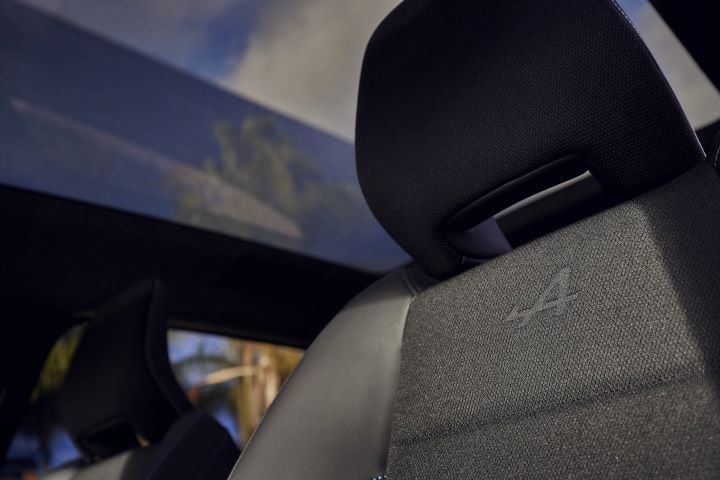Sit on This Data

Renault uses a recyled plastic for seating in some of its models to help meet more demand for sustainable materials.
Vehicle seats might not be the sexiest thing about new cars, but the market is expected to post strong growth and innovation for the rest of the decade, new research indicates.
The GlobalData study puts the Asia-Pacific region at the forefront of the growth and inventiveness, with 2.4% compound annual market growth between this year and 2029 to 168.3 million units.
Automakers are seeking more durable and comfortable seats; customization and luxury feature demand and automation and electric-vehicle growth are sparking more seating innovations; and emissions curbs require more lightweight seats, the study says.
The higher-tech trends include sensors, massagers, heating and cooling, and biometric monitoring.
Meanwhile, demand for more sustainable vehicle materials is also driving innovation in seating, says GlobalData, which pointed out Renaults use of trim material made from recycled plastic as a leather alternative in some models. Other source materials in the research or deployment stages include flax, jute, soybean, hemp and eucalyptus.
“As automotive companies continue to push the boundaries of innovation, more exciting developments are expected to take place in automotive seating that will revolutionize the driving experience for passengers in the region and beyond,” said GlobalData Automotive Analyst Madhuchhanda Palit in a press release on the study.

